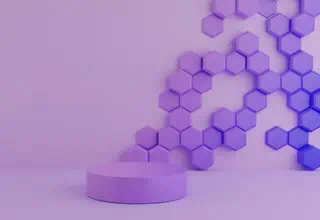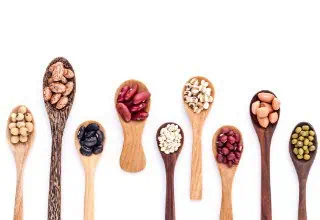 If you’re a woman of reproductive age, making sufficient estrogen is important for mood, bones, muscles, and metabolism.
If you’re a woman of reproductive age, making sufficient estrogen is important for mood, bones, muscles, and metabolism.
Signs you’re making enough estrogen include the presence of cervical fluid and regular ovulation.
Signs you’re not making enough estrogen include a lack of periods and vaginal dryness.
🎈
 In your forties, you may find you don’t cope as well with stress. It happens because losing progesterone during perimenopause can
In your forties, you may find you don’t cope as well with stress. It happens because losing progesterone during perimenopause can 
